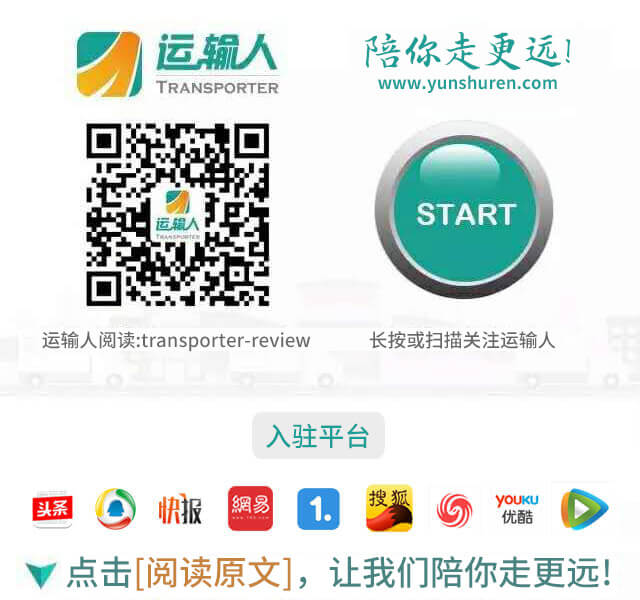Tesla and Daimler go back years when Daimler supported the EV maker early on. Now it looks as if it is time to give some of the “like” back and Elon Musk tweeted to toy with the idea of an electric van cooperation. Plus, he has expansive plans on Supercharging.
But first things first. The Tesla CEO’s latest tweet was in response a user asking when to expect a Tesla transporter. Soon the discussion turned to Daimler who just introduced their own electric van, the eSprinter set to hit the market next year. Musk called the electric vehicle “a great van” and added a “Maybe interesting to work with Daimler/Mercedes on an electric Sprinter”.

While neither Tesla nor Daimler would go into any more official detail, the tweet went viral, of course, and had Daimler dip into the tweeting flirt, thanking Musk for the compliments.
However, the social media unit is not the only one reaching out to Tesla recently. Also Daimler CEO Dieter Zetsche said in an interview last month, Daimler would “not exclude a cooperation in the future” but did not add any concrete plans (we reported in our newsletter).
Daimler had been an early Tesla investor and ended their 4% involvement in 2014, then saying it was not necessary to be a shareholder to cooperate any longer. Fast forward four years and nothing is left of the partnership.
Still, Elon Musk already had a few more detailed ideas when prompted about the Mercedes eSprinter. On Twitter he toyed with the idea to get the vans from Daimler and to retrofit the Tesla system. Yet he pointed out that other developments had priority, namely the Model Y as well as the Roadster and the Semi electric truck.
Most important is though that Daimler has their own electric van already (not to speak of their list of long standing commercial clients and a fuel cell van in the making) and is only gearing to launch the eSprinter next year.
The Daimler engineers designed the electric transporter for city traffic. The 55 kWh battery allows for a range of 150 km and a maximum load of 900 kg. Alternatively, the 41 kWh version lasts for 115 km and a 1,040 kg payload instead. Charging times vary between 6 – 8 hours.
Looking at this performance data, we can indeed imagine Tesla technology adding a boost that could make an electric van a little more sexy. On a less speculative note though, Elon Musk tweeted Tesla’s intent to double the size of their Supercharger network by the end of next year. In numbers it would mean about 23,000 Superchargers by the end of 2019. He also promoted the faster charging station again and said to expect the third version (V3) of Superchargers early next year.

